M+B Gallery in Los Angeles presents Synesthesia, a group exhibition, from June 29 to Aug. 31.
As a starting point, the show uses concepts from Robert Mallet-Stevens (1886-1945), one of France’s most influential architects and one of cinema’s first set designers. “In cinema, the set designer must be more of an architect than a painter,” he said.
Synesthesia is created from a set designer’s point of view – assembling furniture, art and objects in an environment that is highly personal but wholly artificial. Daniele Balice, co-founder of the Paris gallery BaliceHertling, and Jay Ezra Nayssan curated the show.
Participating artists include Michael Anastassiades, Henri-Georges Clouzot, Isabelle Cornaro, Jacopo da Valenza, Lucy Dodd, Thomas Dozol, Paul Dupré-Lafon for Hermès, Piero Fornasetti, Guido Gambone, Martino Gamper, Eileen Gray, Hadrien Jacquelet, Lisa Jo, Alex Katz, Allison Katz, Antonio Lopez, Stewart MacDougall, Alexander May, MissoniHome, Carlo Mollino, Paul P., Ico Parisi, Pier Paolo Pasolini, Charlotte Perriand, Gaetano Pesce, Pablo Picasso, Gio Ponti, ROLU and Yves Saint Laurent.
The opening reception is on Friday, June 29, from 6-8 p.m.
M+B Gallery is at 612 N. Almont Drive, Los Angeles, CA, 90069, 310-550-0050.
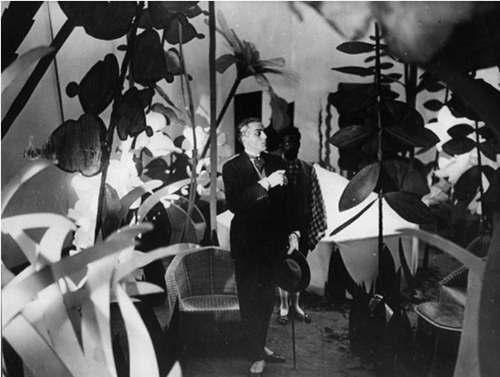





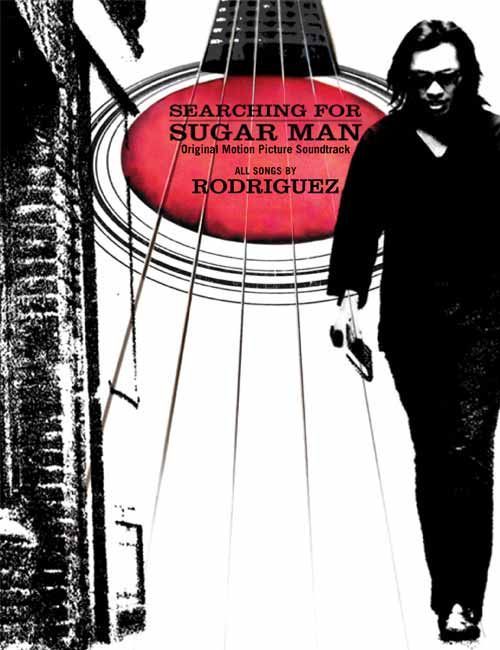

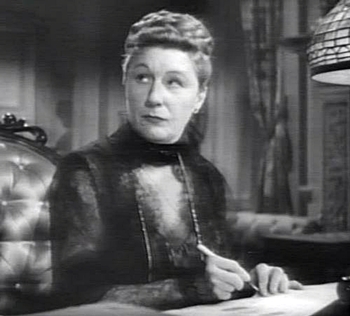



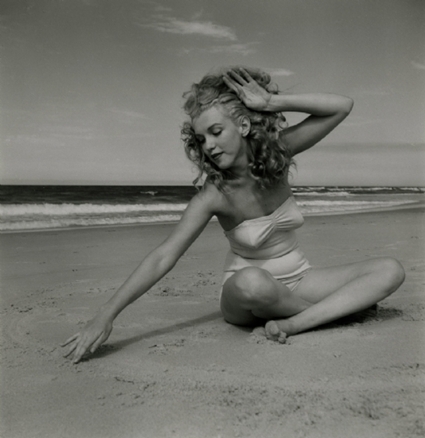

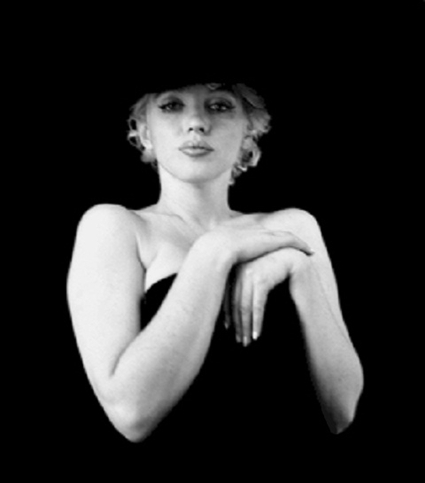
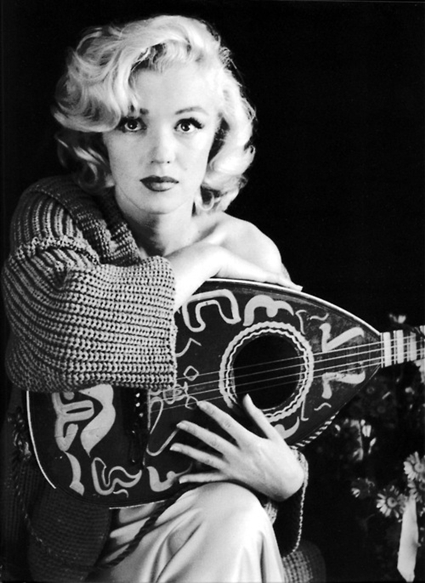
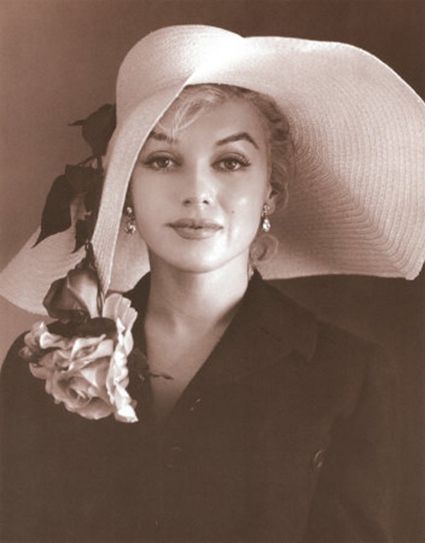
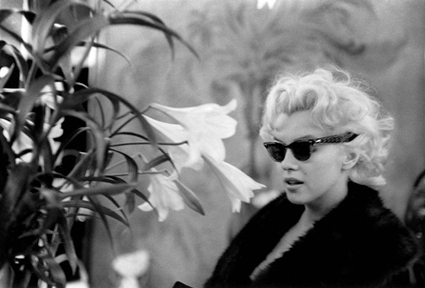

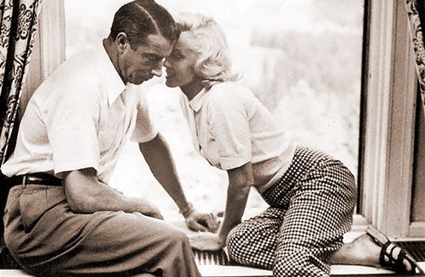

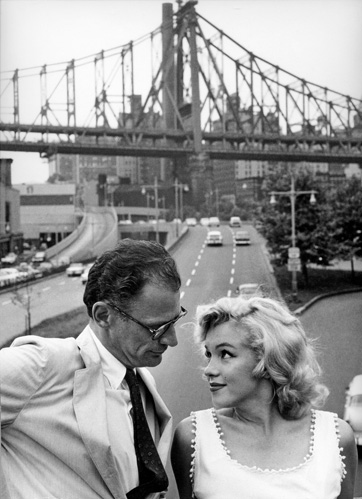

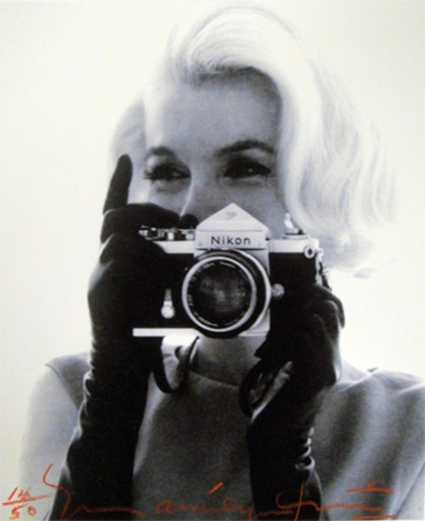
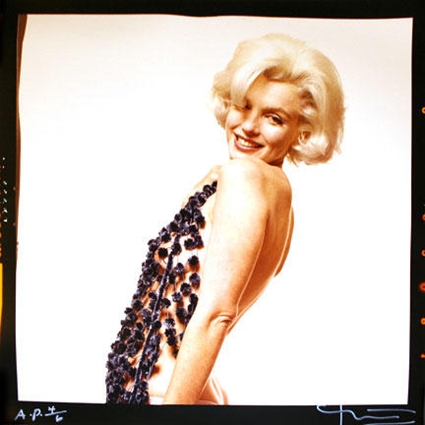
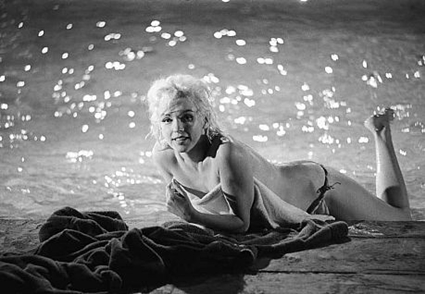
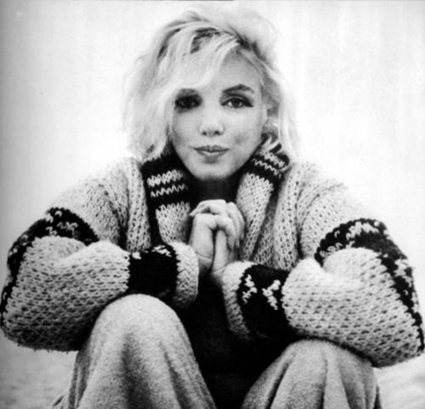

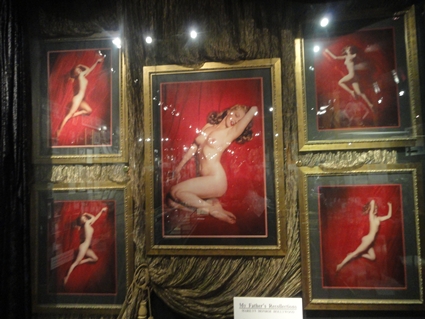
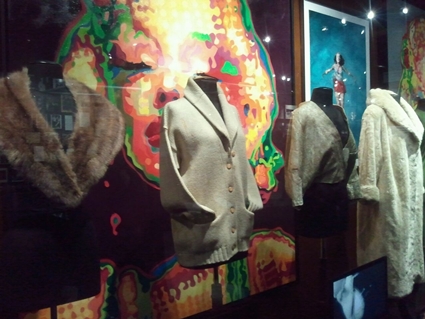
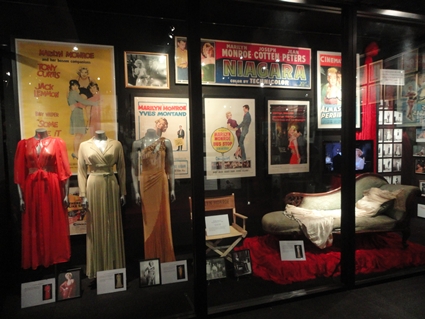
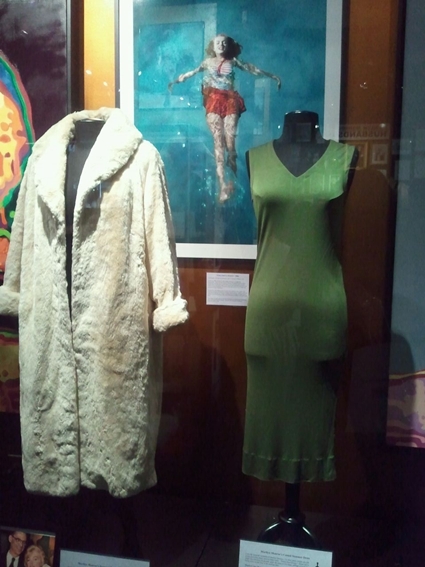


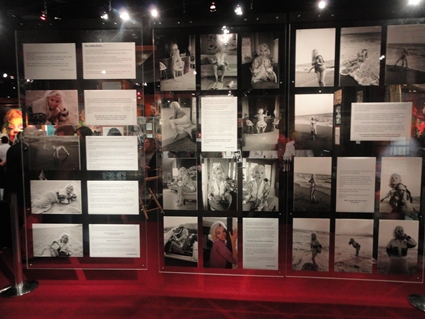


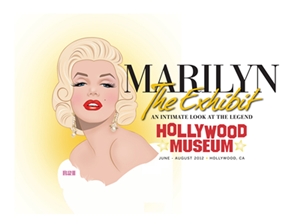
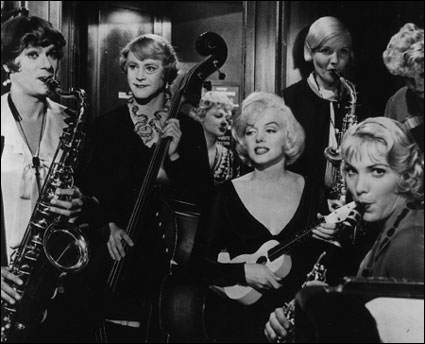







From FNB readers